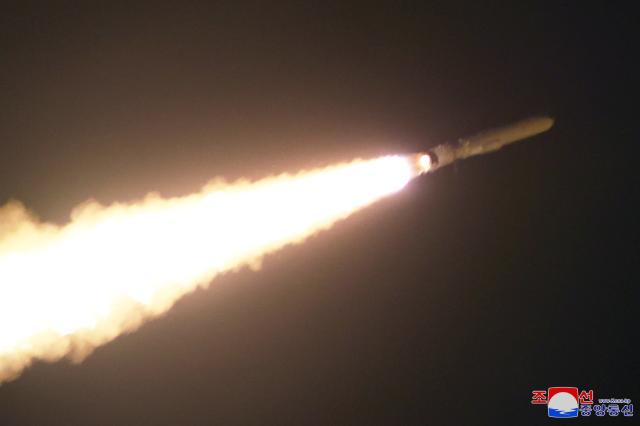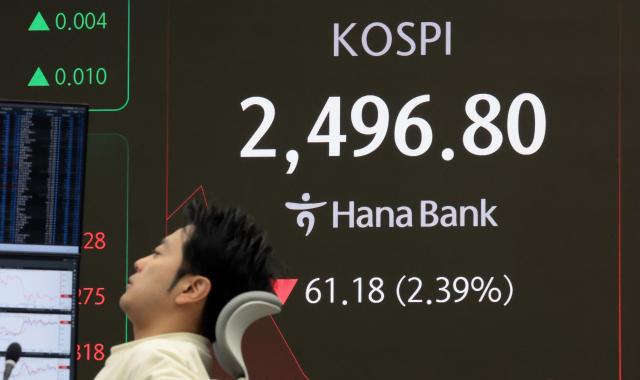
SEOUL -- Pyongyang has confirmed the test launch of new strategic cruise missiles called "Pulhwasal-3-31." North Korea's cruise missiles with a codename meaning "fire arrow" in Korean, were launched into the West Sea, also known as the Yellow Sea, on January 24.
According to South Korea's military headquarters, North Korea fired multiple cruise missiles into the West Sea. The Korea Central News Agency (KCNA), Pyongyang's state-operated news agency, reported on January 25 that North Korea's Missile Administration conducted the first test-fire of the new cruise missiles, which are currently under development.
While keeping the flight trajectory and distance of the missiles secret, Pyongyang sent out an assuring message to Seoul and Washington: "The test-fire had no impact on the security of neighboring countries and has nothing to do with the regional situation."
North Korea's test launch of cruise missiles follows the test-fire of a solid propellant hypersonic ballistic missile that was launched from a launch facility near Pyongyang on January 14. An "intermediate-range solid-fuel ballistic missile" (IRBM) is a new type of intermediate-range missile that covers distances from 1,000 to 5,000 kilometers (3,106 miles).
The missile, which uses solid fuel, is known for quicker launch times and greater mobility compared to intercontinental ballistic missiles that use liquid-type fuels. Capable of traveling at hypersonic speeds of Mach 5 and above, the IRBM presents a significant challenge for conventional missile-intercepting countermeasures due to its super-fast speeds and hard-to-predict flight trajectory.
The hypersonic missile was first unveiled on January 5, 2022, when Pyongyang fired a ballistic missile into the East Sea. North Korea later claimed that an IRBM successfully flew some 7,000 kilometers at a maximum speed of Mach 5 before landing in the East Sea.
The development of the IRBM is part of North Korea's plan to beef up its military capabilities to prevent invasion by its enemy countries. The consistent march to strengthen Pyongyang had accelerated the military tension between the two Koreas. North Korea mainly criticized Washington and Seoul for conducting joint military drills.
Missiles including ballistic missiles and cruise missiles were fired 41 times in 2022 and 25 times in 2023. After two failed attempts, North Korea managed to put a military spy satellite into orbit in November 2023.
Pyongyang also fired some 200 artillery shots into the West Sea, also known as the Yellow Sea. The shells landed just north of the Northern Limit Line (NLL), drawn initially by the United Nations Command (UNC) in 1953 during the armistice negotiations that brought a ceasefire to the Korean War (1950~1953). For decades, Pyongyang has continuously challenged the NLL's legitimacy, claiming a different maritime boundary.
However, unlike its stance that formerly stood strong against the U.S. and its allies, North Korea strongly outlined in a statement that the test launch of the hypersonic missile was not aimed at escalating military tension between the two Koreas.
"The test-fire never affected the security of any neighboring country and had nothing to do with the regional situation," KCNA said, taking a step back from its stern stance towards the United States, South Korea, and their allies.
Copyright ⓒ Aju Press All rights reserved.





View more comments